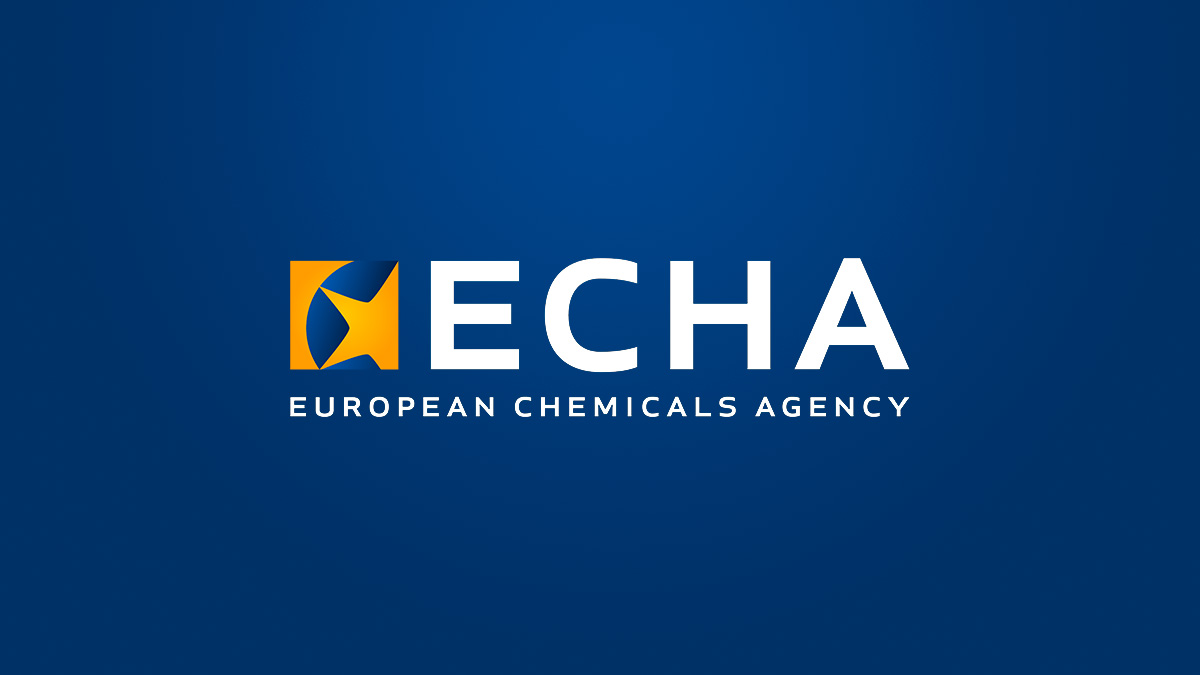ECHA AND SVHC
Substances of Very High Concern (SVHCs) are substances that may have serious effects on human health and the environment. SVHCs are mainly substances classified as carcinogenic, mutagenic or toxic to reproduction and substances with persistent and bio-accumulative characteristics. Endocrine disrupting chemicals are also of concern.
Once a substance is officially identified in the European Union (EU) as being of very high concern, it is added to the ‘Candidate List’, which indicates to consumers and industry which are the chemicals identified as SVHCs. Producers or importers of articles containing SVHCs above 0.1% (weight by weight), must inform costumers and consumers about the presence of the substance and how to use it safely. If consumers request this information, companies must also inform them.
Producers and importers need to notify ECHA if their article contains a Candidate List substance within six months from the date it has been included in the list. Suppliers of these substances (supplied on their own or in mixtures) must provide a safety data sheet to their costumers.
According to the Waste Framework Directive (Directive 2008/98/EC, Article 9), the notification to ECHA of articles containing SVHCs on the Candidate List (at a concentration above 0.1% w/w) is published in the SCIP (Substances Of Concern In Articles as such or in complex objects (Products)) database.
CANDIDATE LIST UPDATE
This month, the European Chemicals Agency (ECHA) Candidate List of SVHCs has been updated with 4 new substances and now contains 233 entries for chemicals that can harm people or the environment.
The following entries were added to the list:
- 6,6′-di-tert-butyl-2,2′-methylenedi-p-cresol (CAS number: 119-47-1) – used in rubbers, lubricants, adhesives, inks, fuels.
- tris(2-methoxyethoxy)vinylsilane (CAS number: 1067-53-4) – used in rubbers, plastics, sealants.
- (±)-1,7,7-trimethyl-3-[(4-methylphenyl)methylene]bicyclo[2.2.1]heptan-2-one covering any of the individual isomers and/or combinations thereof (4-MBC) – used in cosmetics.
- S-(tricyclo(5.2.1.02,6)deca-3-en-8(or 9)-yl O-(isopropyl or isobutyl or 2-ethylhexyl) O-(isopropyl or isobutyl or 2-ethylhexyl) phosphorodithioate (CAS number: 255881-94-8) – used in lubricants, greases.
The first two substances were added because they are toxic for reproduction, and the fourth compound is persistent, bioaccumulative and toxic, being harmful for the environment.
The substance 4-MBC is used in cosmetics and has been added to the Candidate List because it has hormone-disrupting properties in humans. According to the Cosmetics Regulation (No. 1223/2009), 4-MBC is included in the list of UV filters allowed in cosmetic products (Annex VI, entry 18). 4-Methylbenzylidene Camphor can be used as an UV filter in sunscreen products at concentrations up to 4% in ready for use preparation. The European Commission Scientific Committee on Consumer Safety (SCCS) published a preliminary opinion on 4-MBC and stated that it “cannot concluded on the safety of 4-MBC, because the information provided is insufficient to fully evaluate potential genotoxicity”. (see previous post)
In the future, these substances may be included in the ‘Authorisation List’, which means that the use of such substance is prohibited unless a company receives an authorization from the European Commission to continue its use.
As advised by ECHA, companies are urged to check their legal obligations relating to the safe use of these substances and to seek substitution of substances included in the SVHC Candidate List by safer alternatives.
If you need more information regarding this subject, feel free to contact us at info@criticalcatalyst.com.
References:
- Regulation (EC) No 1223/2009 of the European Parliament and of the Council of 30 November 2009 on cosmetic products
- Scientific Committee on Consumer Safety (SCCS). Opinion on 4-MEthylbenzylidene camphor (4-MBC). SCCS/1640/21. Preliminary version. 2021.
- Four hazardous chemicals added to the Candidate List. ECHA/NR/22/01. European Chemicals Agency (ECHA). 2022














